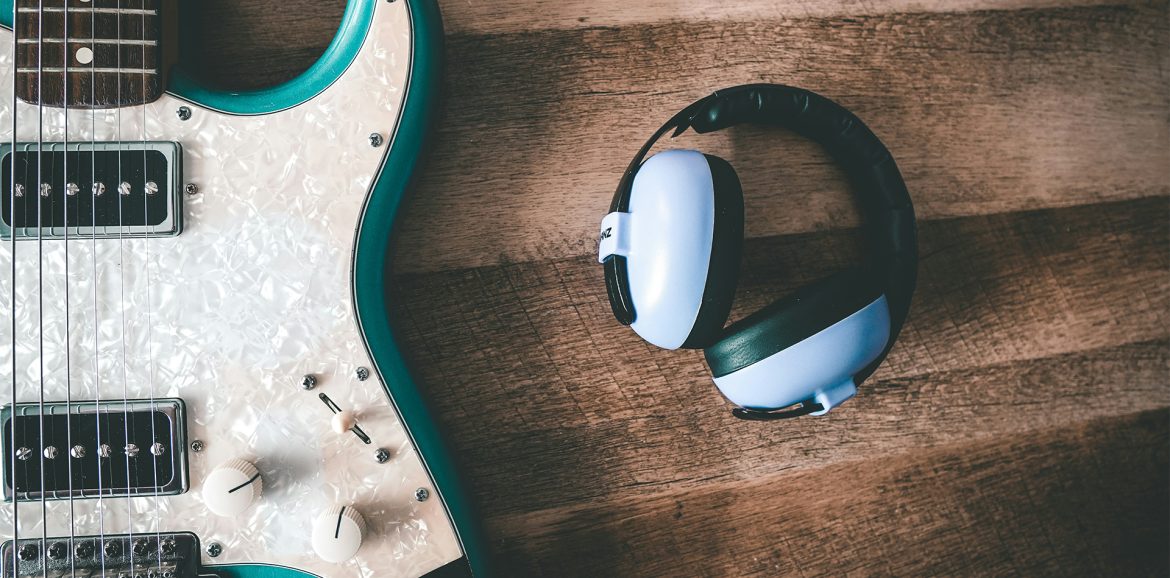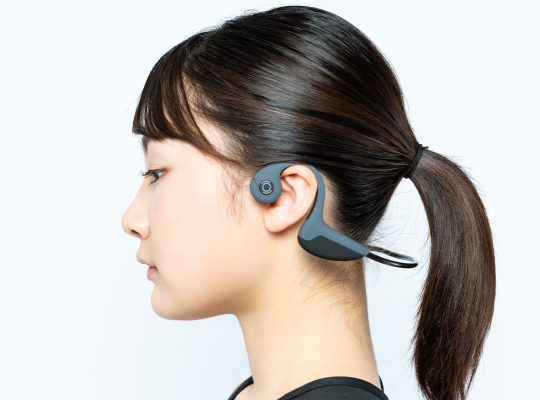In our daily lives, we are constantly exposed to sounds. While some sounds give us pleasure, such as music or a friend’s laughter, other sounds are dangerous. Think of construction noise, motorcycles or loud bangs while hunting. Prolonged exposure to these loud sounds can lead to hearing loss. That is why it is crucial to use hearing protection. But when you start looking for hearing protection, you quickly come across two terms: active and passive hearing protection. What is the difference between the two and which one best suits your needs?
In this blog, we dive into the differences between active and passive hearing protection, their advantages, disadvantages, and which one may be best for your particular situation.
What is Hearing Protection?
Before we discuss the difference between active and passive hearing protection, it is good to first understand why hearing protection is important. Noise levels above 85 decibels can be harmful to hearing. Regular exposure to loud sounds can lead to permanent hearing loss or tinnitus, a constant ringing in the ears. Therefore, it is important to take protective measures, especially in noisy environments such as construction sites, shooting ranges or concerts.
Hearing protection helps reduce the volume of harmful sounds while still being able to hear other sounds or communicate with those around you.
What is Active Hearing Protection?
Active hearing protection, also called electronic hearing protection, uses advanced technology to capture, process and control sounds before they reach your ear. This form of hearing protection has microphones that detect external sounds, then a built-in system analyzes the sound levels. Once harmful sound levels are detected, the volume is automatically reduced to protect your hearing. At the same time, it amplifies lower, non-harmful sounds so you can still communicate with others or hear ambient sounds.
Benefits of Active Hearing Protection:
- Better communication: Because active hearing protection amplifies low sound levels, you can still hear people talking around you in a noisy environment. This is especially useful in situations where communication is essential, such as on a construction site or while hunting.
- Automatic noise reduction: The main benefit is that harmful sounds are instantly reduced without you having to do anything. This makes it ideal for environments where sudden loud noises may occur, such as shooting or use of heavy machinery.
- Customizability: Many active hearing protectors have adjustable levels, so you can decide how much protection you need.
Disadvantages of Active Hearing Protection:
- Price: Active hearing protection is usually more expensive than passive hearing protection because of the technology involved.
- Batteries: Because active hearing protection contains electronics, it requires batteries to make it work. This means replacing or charging batteries regularly.
- Vulnerability to failure: Because the system contains advanced electronics, it may be more susceptible to failure, especially in harsh operating conditions.
What is Passive Hearing Protection?
Passive hearing protection is the traditional form of hearing protection and works simply by creating physical barriers between your ears and the external sound. The material of the hearing protection (such as foam, rubber or plastic) attenuates the sound waves and reduces the sound level reaching your ear. Unlike active hearing protection, passive hearing protection contains no electronics or microphones. It works purely on the basis of insulation and attenuation.
Benefits of Passive Hearing Protection:
- Affordability: Passive hearing protection is often much cheaper than active hearing protection. This makes it accessible to a wide audience.
- No batteries required: Because it has no electronics, you don’t have to worry about replacing batteries. This makes it a maintenance-free option.
- Durability: Passive hearing protection tends to be robust and can take a beating. It is less prone to failure or malfunction than active hearing protection.
Disadvantages of Passive Hearing Protection:
- Less communication: One of the biggest disadvantages of passive hearing protection is that it muffles all sounds, not just harmful sounds. This can make it difficult to communicate with others or pick up ambient sounds.
- No automatic adjustment: Unlike active hearing protection, passive hearing protection does not automatically adjust to different sound levels. This means you have less flexibility in situations where sound levels vary.
- Comfort: Some passive hearing protectors can become uncomfortable after a long time, especially if they are tight around the ears.
When Do You Choose Active Hearing Protection?
Active hearing protection is ideal for situations where you need to be able to communicate and be aware of your surroundings, but where harmful sounds are also present. This applies, for example, to:
- Hunters: Hunters need to be able to hear their surroundings well, for example, when following their prey. At the same time, they need to be protected from the loud sound of gunshots.
- Shooters at shooting ranges: At shooting ranges, loud bangs are constant, but it is also important to be able to hear instructions or other people.
- Workers in noisy environments: Construction or factory workers often work in noisy environments, but at the same time need to be able to communicate with their colleagues.
When Do You Choose Passive Hearing Protection?
Passive hearing protection is suitable for situations where you simply want to block out harmful sounds without the need to hear other sounds. This can be useful in the following situations:
- Concerts: At concerts, the primary goal is to protect yourself from the loud music without necessarily communicating.
- Sleep: People who are sensitive to noise while sleeping, such as snoring noises from a partner, may benefit from passive hearing protection.
- Do-it-yourselfers: If you are doing DIY and want to block out loud noises, such as drilling or hammering, passive hearing protection may be sufficient.
Active vs. Passive Hearing Protection: Which Suits You?
The choice between active and passive hearing protection depends on your specific situation and needs. If you are in a dynamic environment where communication is important, such as while shooting or working on a construction site, active hearing protection is often the best choice. It provides protection from harmful sounds while allowing you to remain aware of your surroundings.
On the other hand, if you just want to block out sounds without having to be aware of your surroundings, passive hearing protection can be a cost-effective and simple solution.
Universal hearing protection at Horend Goed
All types of hearing protection can of course be found in our webshop. Whether you choose earplugs, with or without filter, or earmuffs, active or passive, we have them all. Ordered on weekdays before 15:00 = shipped the same day!
Customized hearing protection
Do you use hearing protection regularly? Then custom-made hearing protection is the solution! Your earplugs will be molded to your ears for the perfect fit, and can be fitted with filters specific to your situation. No need to make an appointment, because we have walk-in hearing protection on Wednesdays between 14:00 and 17:00 and on Saturdays between 13:00 and 16:00!
Conclusion
Hearing protection is essential for preserving your hearing in noisy environments. The main difference between active and passive hearing protection lies in the technology: active hearing protection uses electronics to muffle harmful sounds and amplify safe sounds, while passive hearing protection simply muffles all sounds through physical isolation. Both have their advantages and disadvantages, and the choice between the two depends on your specific needs and the situation you find yourself in.








